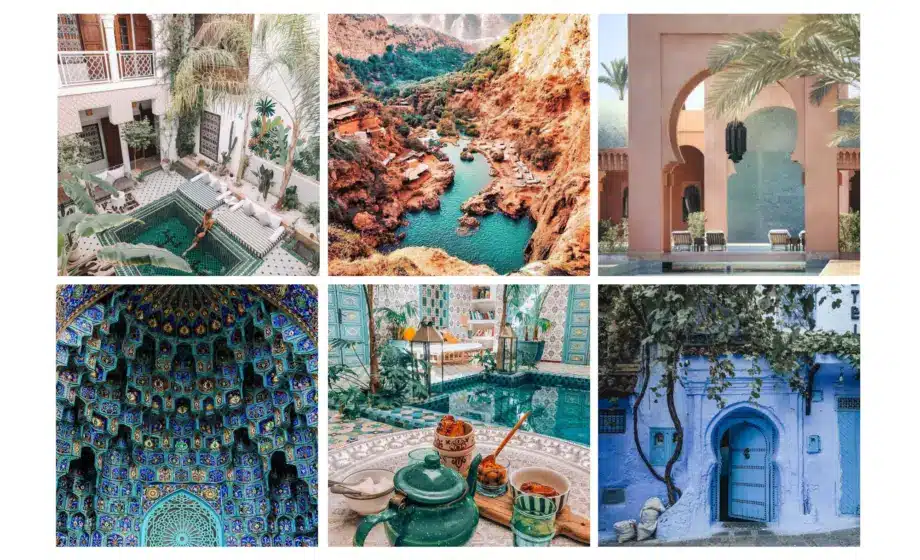Moroccan architecture offers a captivating blend of cultural influences that reflect the nation’s rich history. From the intricate tilework of Islamic designs to the simplicity of Berber structures, the variety in architecture showcases the diverse cultural tapestry of Morocco. Exploring these elements reveals not only aesthetic beauty but also the deeper story of a civilization shaped by its interactions with various cultures.
You will find that iconic cities like Marrakech and Fez are dotted with structures that exemplify Moorish architecture, weaving together elements of European styles as well. These architectural marvels tell tales of power, artistry, and the daily lives of those who inhabited them. As you delve into the unique features and historical context, you’ll gain a greater appreciation for the craftsmanship and thought that underpin Moroccan architecture.
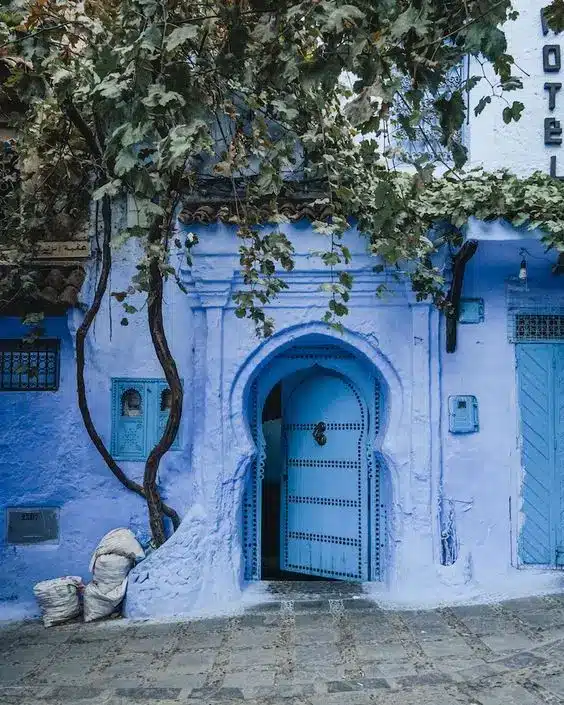
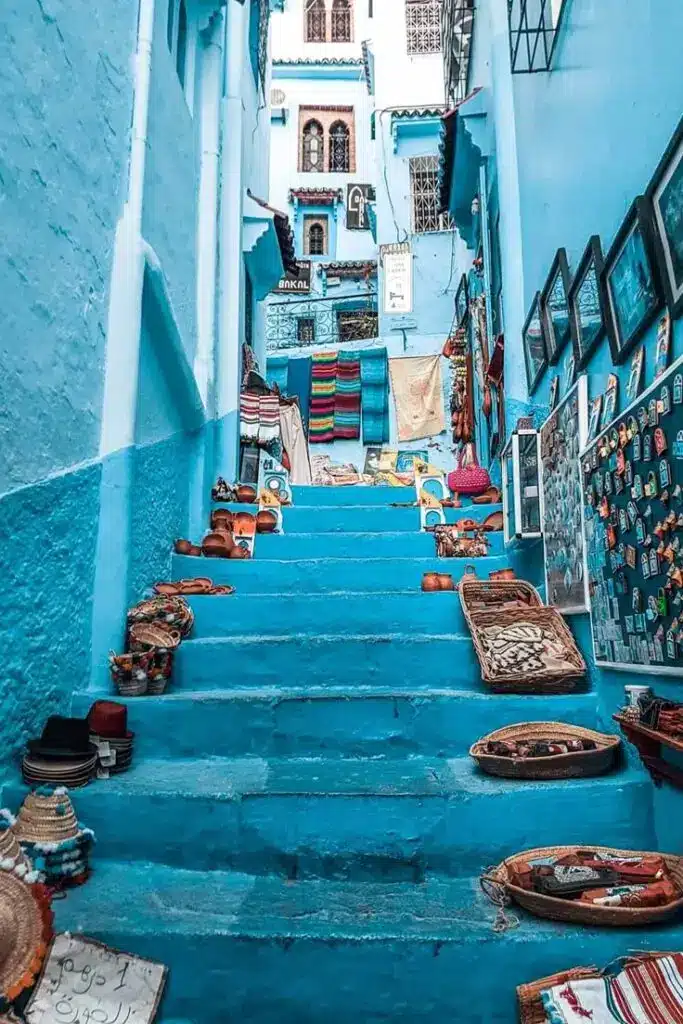
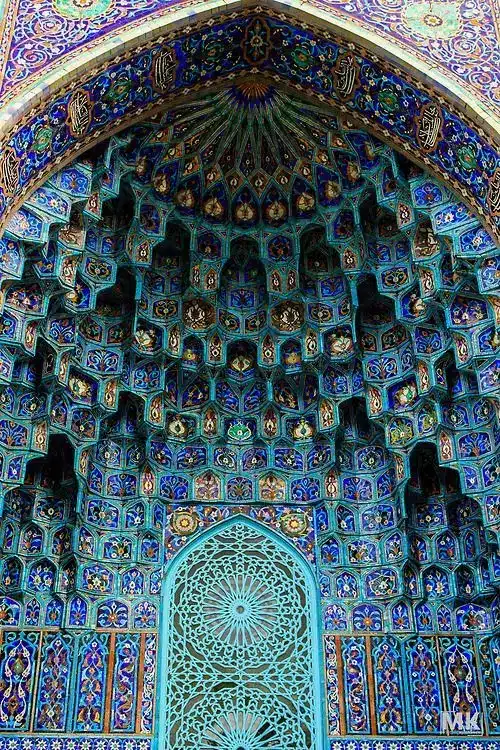
Key Takeaways
- Moroccan architecture reflects a rich blend of Islamic and European influences.
- Iconic cities like Marrakech and Fez showcase distinctive Moorish design elements.
- The evolution of Berber and Islamic styles reveals Morocco’s complex cultural history.
Historical Evolution and Influences
The architecture of Morocco has evolved through various cultural and historical influences. Each era contributed distinct styles and elements, resulting in a rich tapestry of design that reflects the country’s diverse heritage.
Early Berber and Phoenician Settlements
The origins of Moroccan architecture can be traced back to early Berber and Phoenician settlements. Berber structures were typically made from local materials like mud, stone, and clay, showcasing functional and sustainable design.
Phoenician influences appeared around the 9th century BCE, primarily in coastal cities like Carthage. They introduced urban planning concepts and trade networks, which laid the groundwork for future architectural developments.
You can see remnants of this time, like in Roman Volubilis, where you can observe intricate mosaics and columns that reflect a blend of indigenous and foreign styles.
Islamic Era: Almoravids to Almohads
The Islamic era marked a significant shift in Moroccan architecture, particularly during the reign of the Almoravids and Almohads from the 11th to the 13th centuries.
Almoravid structures are characterized by their monumental designs, often featuring thick walls and minimal ornamentation. Key examples include the Koutoubia Mosque in Marrakech and the city walls of Aghmat.
The Almohads expanded on these designs with more refined geometric patterns and calligraphic inscriptions. The Hassan Mosque in Rabat demonstrates their commitment to grandeur and spiritual significance.
Andalusian and Moorish Impact on Moroccan Style
The influence of Al-Andalus profoundly shaped Moroccan architectural styles. Following the Reconquista, many Muslims and Jews fled to Morocco, bringing Moorish aesthetics with them.
This era is marked by the integration of intricate tile work, arches, and delicate stucco detailing. The richness of Islamic calligraphy became central in adorning mosques and palaces.
Palaces in cities like Fez showcase this amalgamation, featuring serene courtyards and lush gardens, making use of water for both aesthetic and cooling purposes.
European Influence and Colonial Era
During the colonial era, particularly the French protectorate from 1912 to 1956, European architectural styles began to blend with traditional Moroccan elements. This period introduced Art Deco and Art Nouveau influences, visible in public buildings and residential designs.
You will find instances of these styles in cities like Casablanca, where new structures incorporated local motifs into modern designs. Colonial architecture often emphasized symmetry and hierarchy while maintaining a dialogue with Moroccan heritage.
The result is a unique architectural legacy that continues to evolve, reflecting both European influences and Morocco’s rich cultural tapestry.

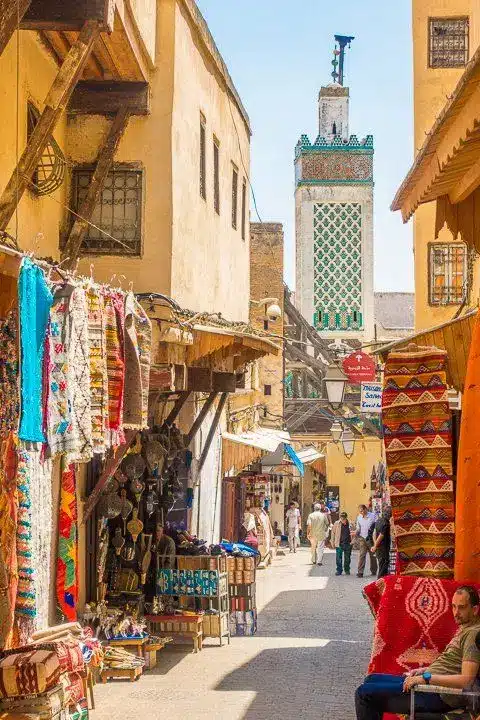
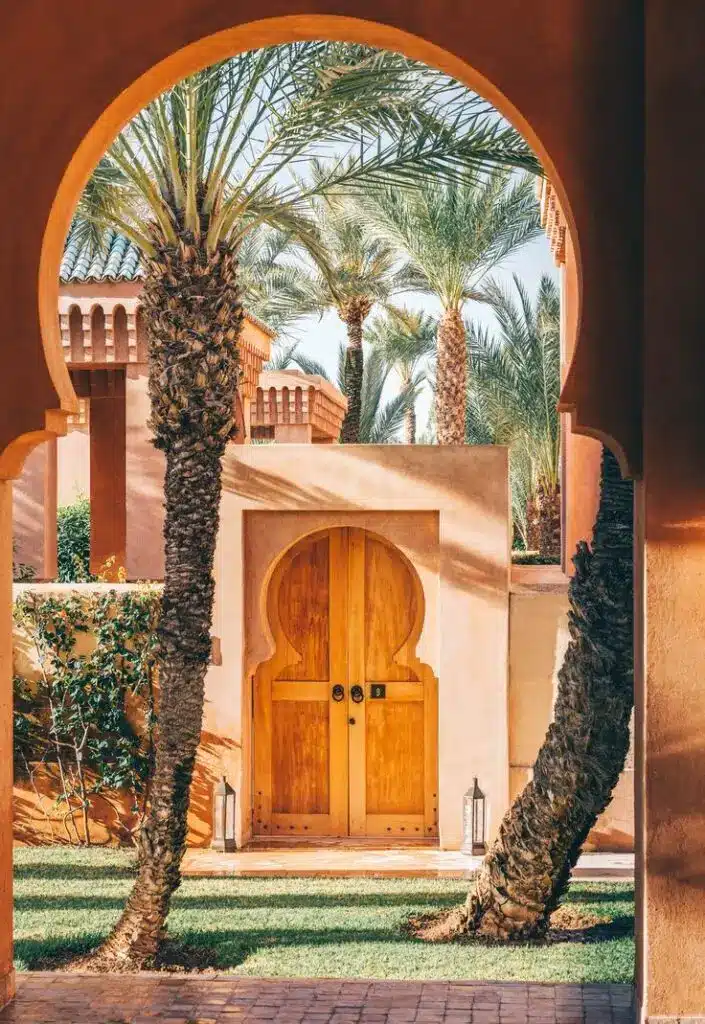
Architectural Elements and Design
Moroccan architecture is characterized by its unique elements and intricate designs. Key features such as arches, geometric patterns, and vibrant tilework create an aesthetically pleasing environment that reflects cultural heritage.
Distinguishing Moroccan Arches and Riads
Moroccan arches, especially horseshoe arches, exhibit a graceful and inviting form. Their design often includes intricate molding and decorative motifs that add depth to structures.
Riad design embodies this architectural style, characterized by inward-facing homes built around open courtyards. These spaces often feature lush greenery, fountains, and tiled floors, providing a serene retreat from the bustling streets outside.
Islamic Geometric Patterns and Calligraphy
Islamic geometric patterns demonstrate precision and mathematical beauty. These designs often use repetitive motifs, creating mesmerizing visual effects.
Calligraphy plays an essential role, frequently incorporating Quranic verses into architectural elements. This practice elevates the spiritual significance of buildings while showcasing the artistry of the language itself.
Zellij: The Art of Moroccan Tilework
Zellij is a distinctive form of mosaic tilework that utilizes colorful ceramic tiles arranged in intricate patterns. Each tile is carefully crafted, fitting together like a puzzle to create stunning designs.
You will find Zellij adorning floors, walls, and fountains in many Moroccan structures. The combination of geometric shapes and vibrant colors enhances the overall beauty of the architecture while reflecting the region’s rich artistic heritage.
Gardens and Courtyards: Oases of Calm
Gardens and open courtyards are fundamental components of Moroccan design. These spaces provide tranquility and relaxation, often designed with symmetry and balance in mind.
Traditional gardens may include fountains, native plants, and shaded areas for leisure. Such elements create a harmonious environment conducive to reflection, offering an escape from the surrounding urban landscape.
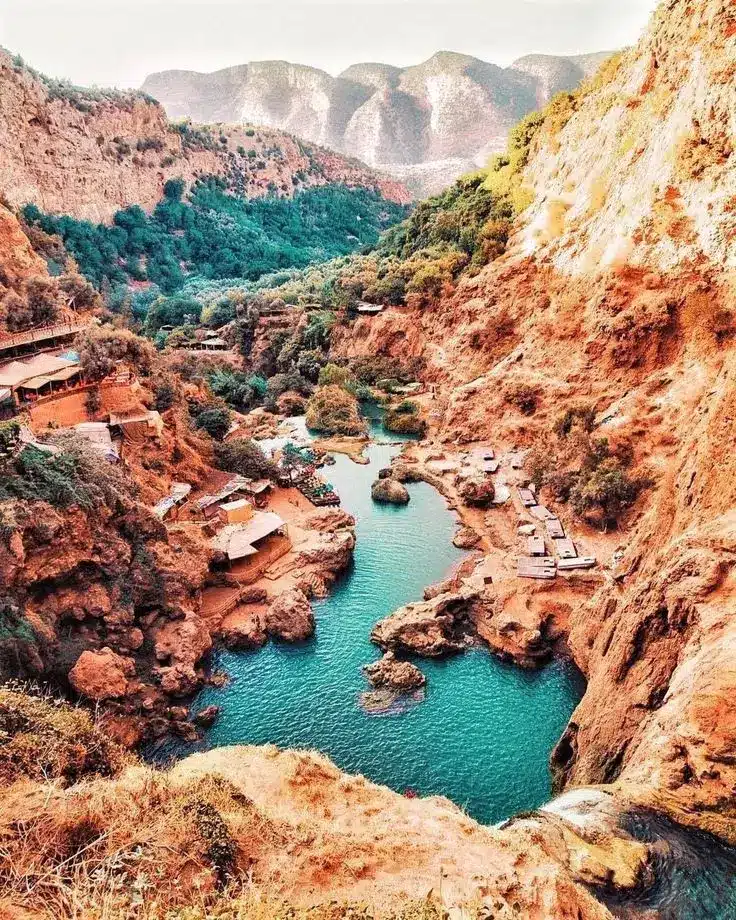
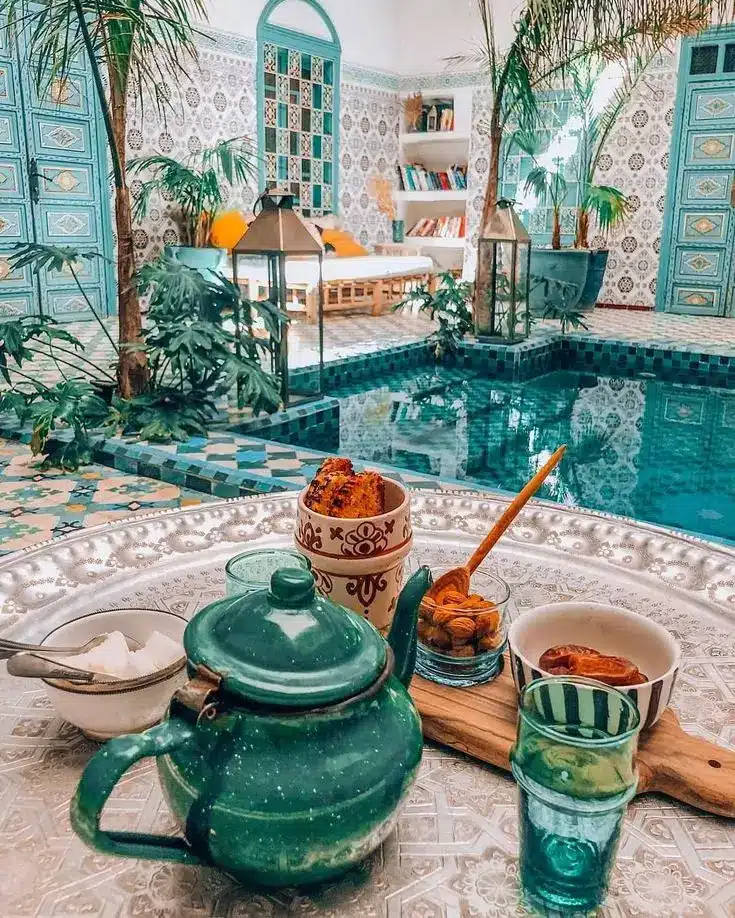
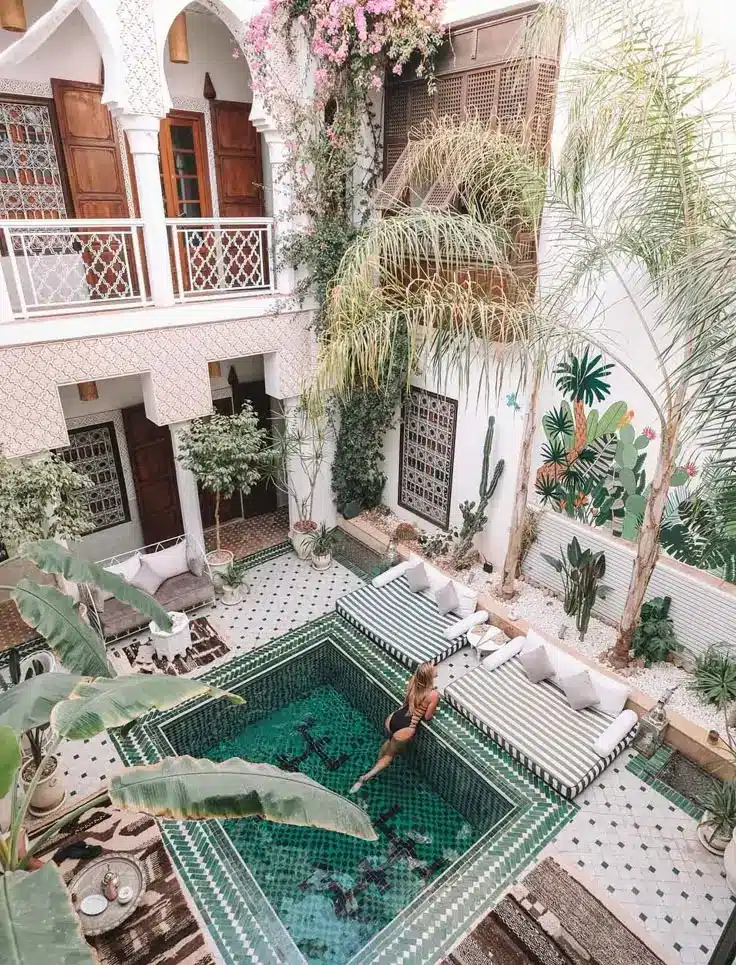
Iconic Structures and Cities
Moroccan architecture features a rich tapestry of structures that showcase the country’s cultural heritage. From grand mosques to the vibrant medinas, each city tells a unique story through its architectural style and historical significance.
Mosques and Spiritual Structures
Mosques in Morocco are not only places of worship but also architectural marvels. The Hassan II Mosque in Casablanca is among the largest in the world, famed for its stunning minaret that reaches 210 meters. The Koutoubia Mosque in Marrakesh features exquisite 12th-century architecture, serving as a landmark for the city.
Significant spiritual sites like the Tinmal Mosque, located in the High Atlas Mountains, showcase traditional Almohad architecture. Furthermore, Ben Youssef Madrasa in Marrakesh represents the pinnacle of religious educational institutions, adorned with intricate tile work and carvings.
Royal Architecture and Kasbahs
Royal palaces and kasbahs are integral to Morocco’s architectural identity. The Royal Palace in Rabat features grand gates and beautiful gardens, reflecting the opulence of the Moroccan monarchy. Kasbah Taourirt near Ouarzazate stands out with its dramatic earthen structure, representing many similar fortified dwellings throughout the country.
Kasbahs, such as the Kasbah of the Udayas in Rabat, showcase defensive architecture and charm visitors with their labyrinthine alleys and historic significance. Each kasbah tells a story of its strategic role in protecting the cities from invasions.
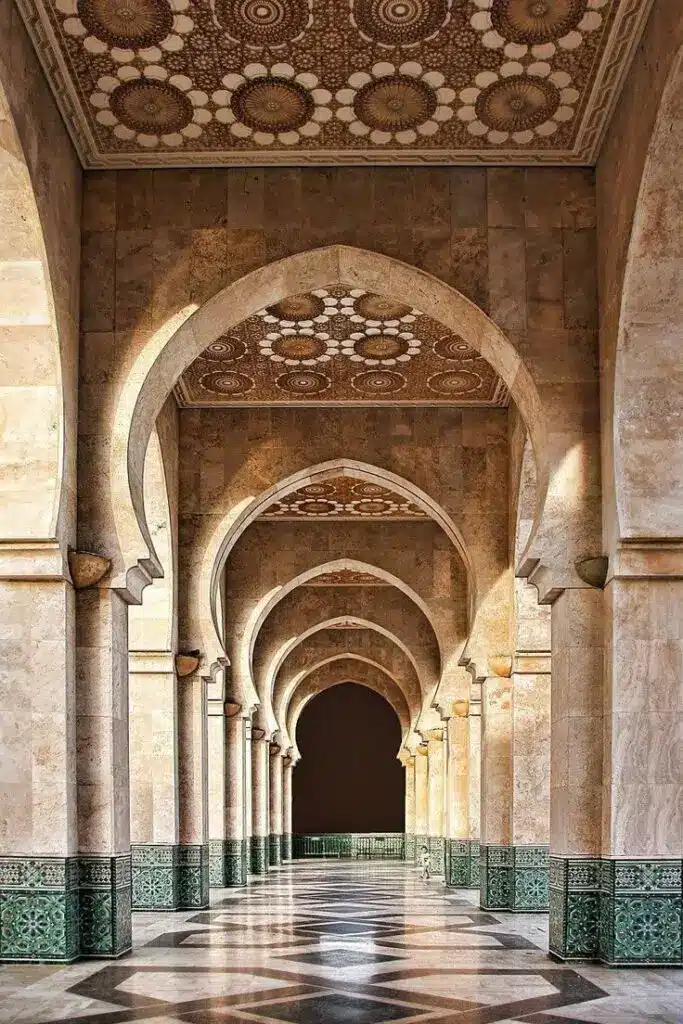
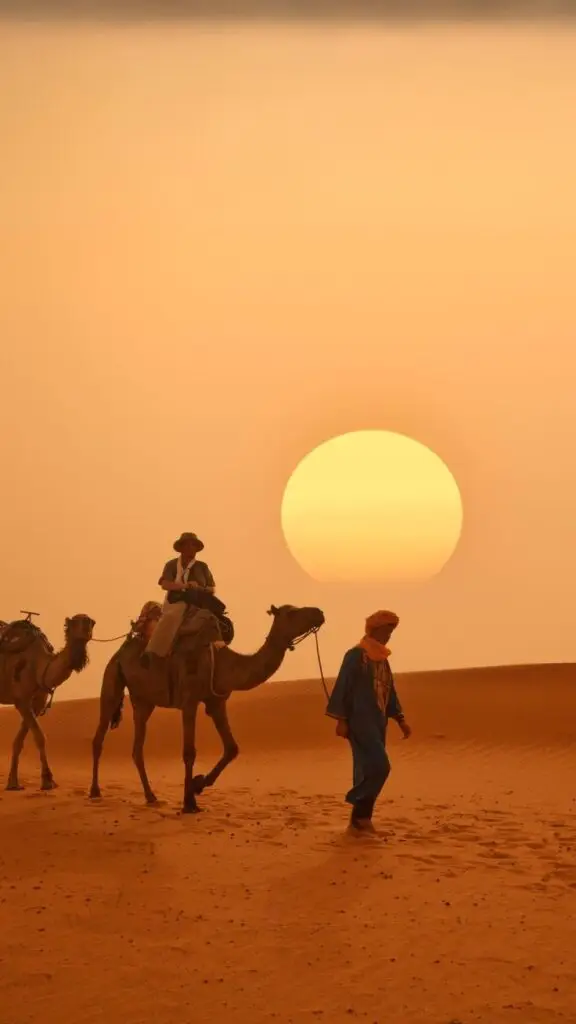
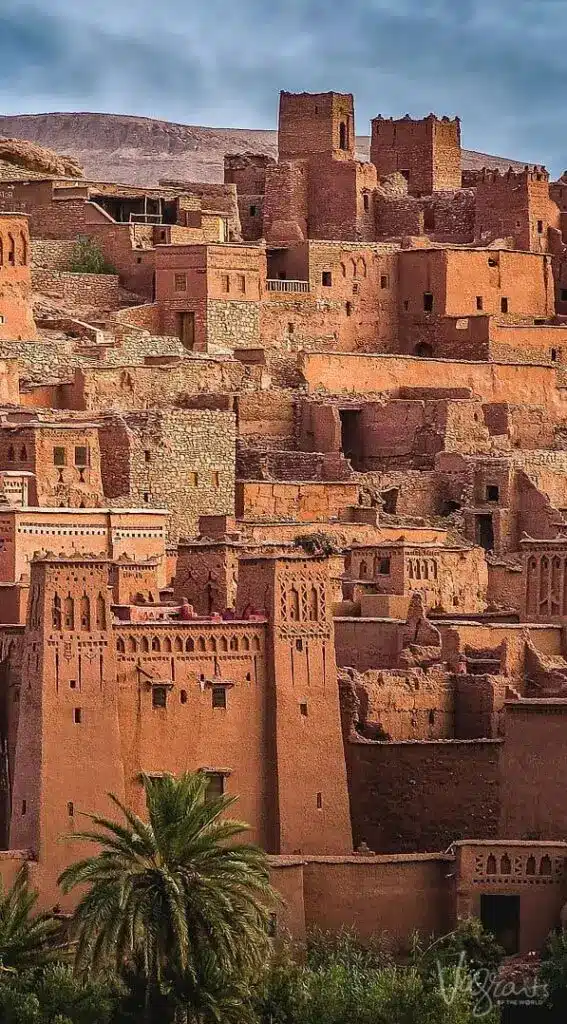
The Living Museums: Medinas and Souks
Medinas, or old city centers, are vibrant areas filled with history. Fes boasts one of the largest car-free urban areas in the world, with narrow streets that connect shops, historic buildings, and traditional homes. Here, you will find the famous Al-Attarine Madrasa, a beautiful example of Islamic architecture.
The souks, bustling markets within the medinas, provide a sensory overload of sights, sounds, and smells. The intricate woodwork, textiles, and ceramics that adorn these spaces reflect the artistry of Moroccan culture. Bab Bou Jeloud, a striking blue gate, signifies entry into the vibrant streets of Fes, welcoming you to its treasures.
Heritage Sites: Preservation of History
Morocco is home to several UNESCO World Heritage Sites that illustrate its architectural grandeur. Ait Benhaddou, a fortified village, features intricate mud-brick structures that have been preserved for centuries.
The Saadian Tombs in Marrakesh provide insight into the royal heritage of the Saadian dynasty, with stunning tile work and gardens enhancing the experience. Hassan Tower in Rabat stands as a historical monument, which was intended to be part of a grand mosque that was never completed.
The commitment to preserving these structures ensures that the history of Morocco continues to inspire.


